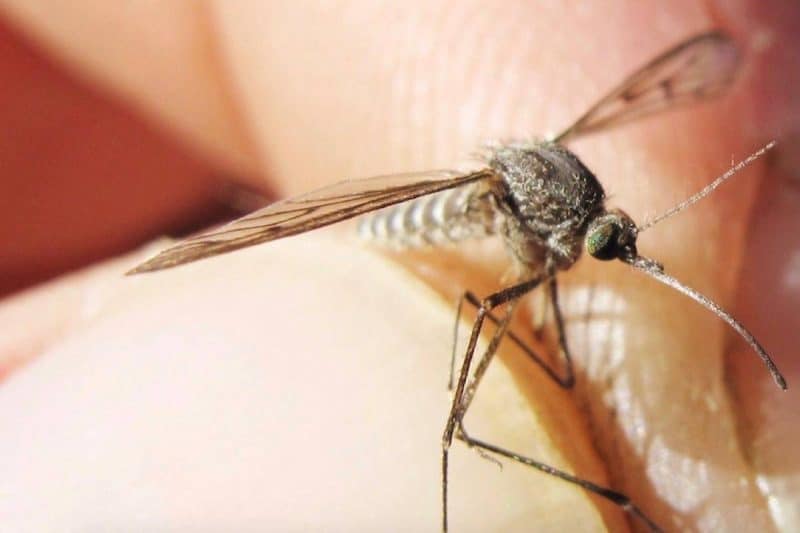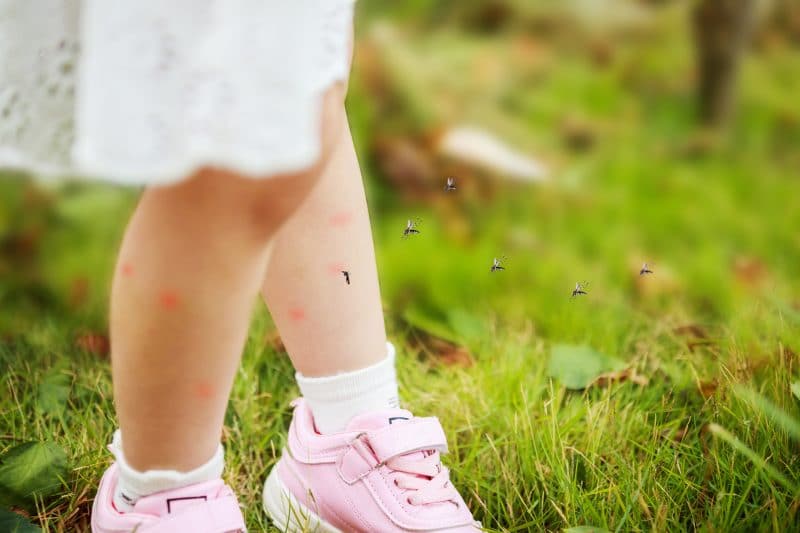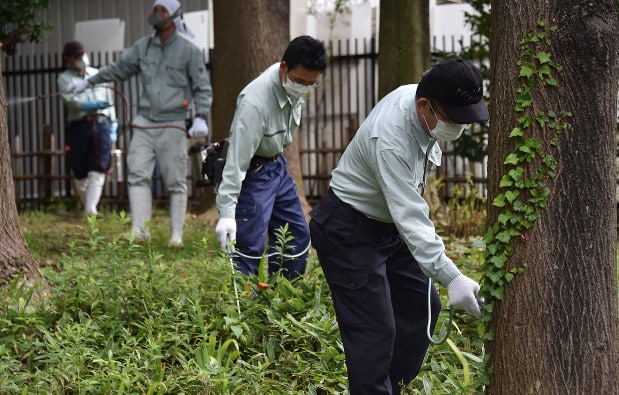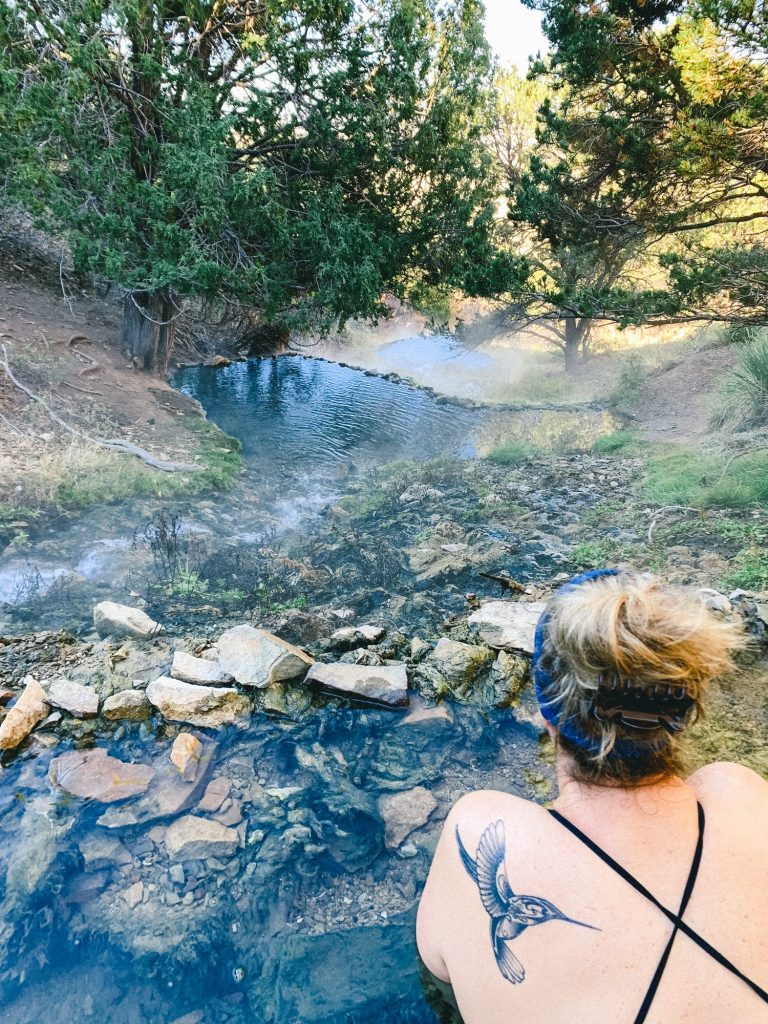Rising temperatures give way to spring mosquitoes. The blooming plants, melting snow, and rising bodies of water wake many insects up after their long winter sleep. Mosquitoes will often join the swarms of insects. Spring mosquitoes will want to feed and reproduce over the next weeks.
Mosquitoes can wake up when the temperatures elevate to 50 degrees Fahrenheit. These insects may be food for other insects or small animals. Even so, they can still deliver life-threatening diseases to humans. Zika, malaria, dengue, and West Nile Virus are common ailments from mosquito bites.

Spring mosquitoes can be annoying, but they are deadly animals. Studies show that many people are not that aware of a mosquito’s deadly trait. That is why they do not observe proper protective measures against these mosquitoes. Research shows that at least a thousand people acquire a serious illness or even death because of mosquito bites.
Known Facts About Spring Mosquitoes
Below are some of the facts to remember about skeeters:

- Their eggs can live on up to seven years even before they hatch
- There are a least 3,000 species of mosquitoes around the world
- Mosquito eggs need standing water to hatch and for larvae to thrive
- At least 150 species of mosquitoes live in the U.S.
- Mosquitoes that do not carry eggs feed on decaying plants, nectar, and plant juices
- Female mosquitoes with eggs need a blood meal for each batch
- A small population of mosquitoes transmits diseases
Warning Signs of Swarming
Outdoors, spring has not peaked yet. The collected waters are still cold. Spring mosquitoes will become active when the water becomes at least 55 degrees Fahrenheit every night. Adult skeeters do not want to fly around in temperatures below this temperature. But inside, the temperature is much warmer.

Spring mosquitoes can spend winter in your garage, attic, or small crawl spaces. The warmer spring weather indoors may cause these insects to hatch and emerge. You may start seeing them in these areas of your home. Midge flies may also accompany spring mosquitoes.
Mosquito eggs in outdoor areas can hatch when the flooded areas warm up. Thousands of eggs hatch and release new mosquitoes. Some of them do not carry diseases. Others do. These disease-causing spring mosquitoes prefer small, standing water. These bodies of water are shallow and ideal for breeding. Raining all the time is not helpful to spring mosquito breeding. Dry months contribute to the spring mosquito explosion.
Areas in the U.S. That Encounter a Rise in Spring Mosquitoes
Increasing moisture and warmth in the springtime is favorable to mosquitoes. Their activity can increase dramatically. Here are areas in the U.S. that deal with spring mosquitoes:

- New England and Northeast. The early rain and warm weather can cause a surge in mosquitoes, ticks, and termites.
- Midwest, Great Lakes, and Ohio. The wet and warm season allows ticks and mosquitoes to become more active.
- Southwest and South Central. Mosquitoes, termites, and cockroaches thrive during spring and summer.
- Northwest. Ticks, mosquitoes, and termites increase in number during the wet and warm seasons.
Preparing for More Mosquitoes

Checking the unused rooms in the house can help eliminate the stagnant water collecting after winter. The basement, garage, pantry, and attic are the most common areas to consider. Make sure you clean up your yard and remove dead leaves and vessels that can collect water. Don’t forget to apply repellents and light citronella candles or torches. These can help remove spring mosquitoes from your premises. Doing these can help you enjoy your spring.